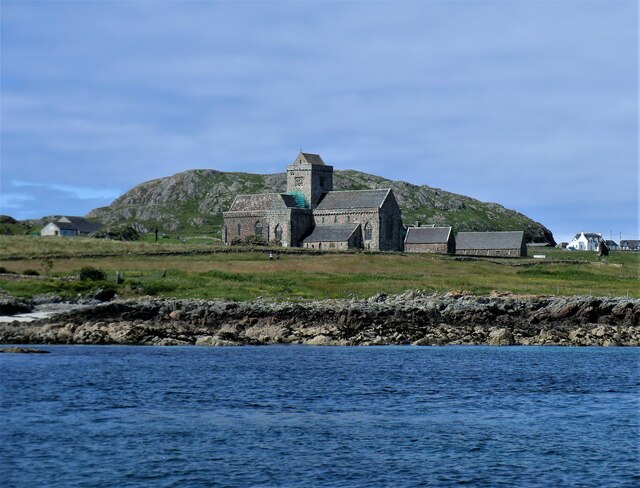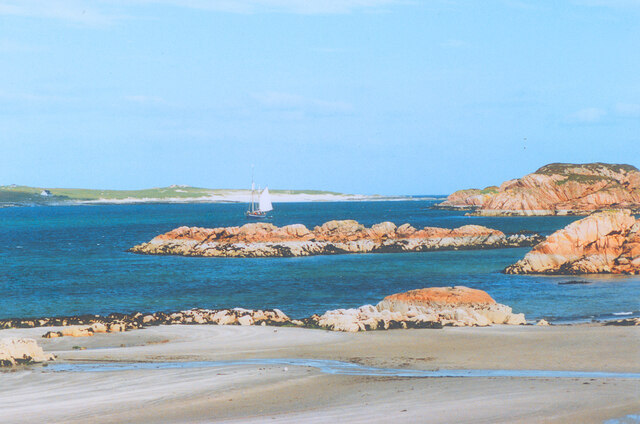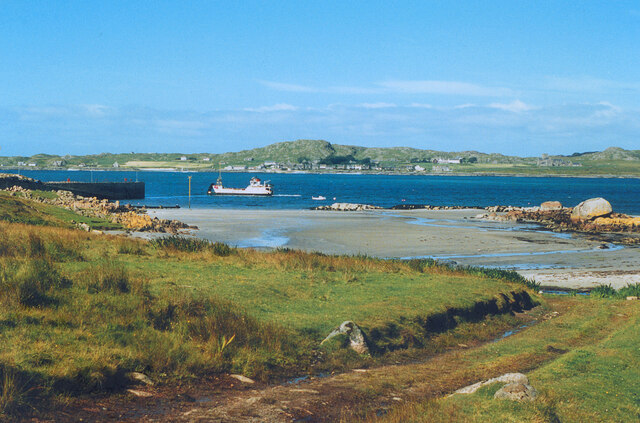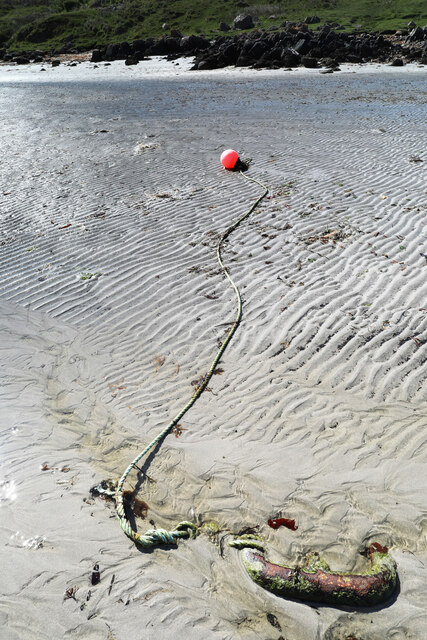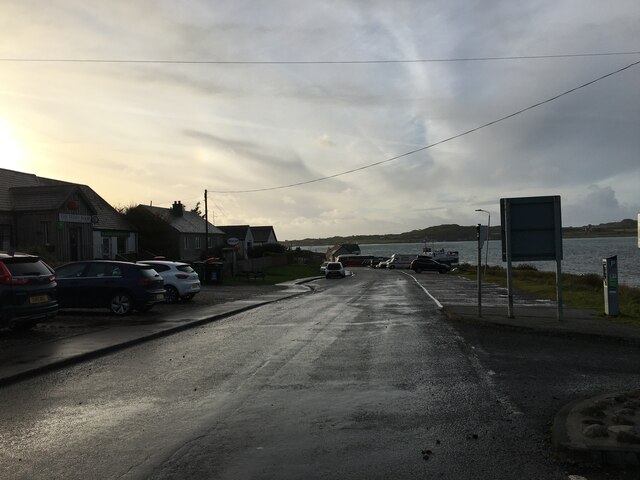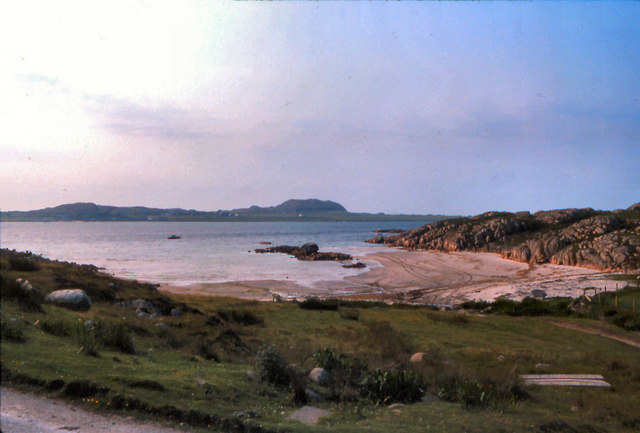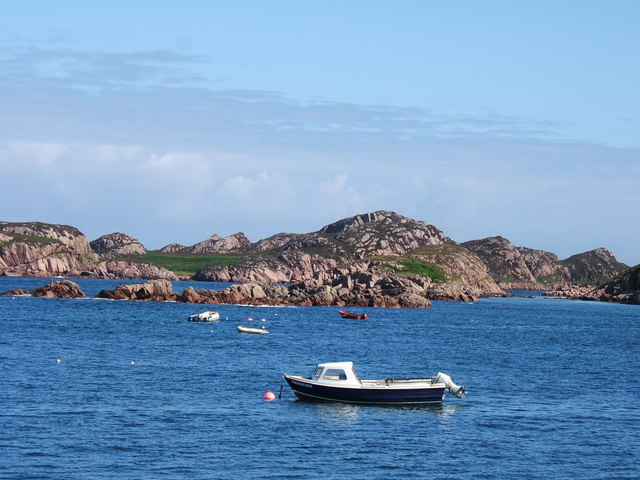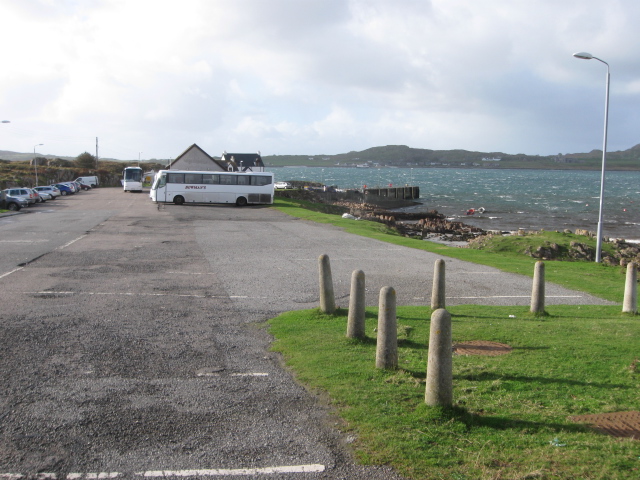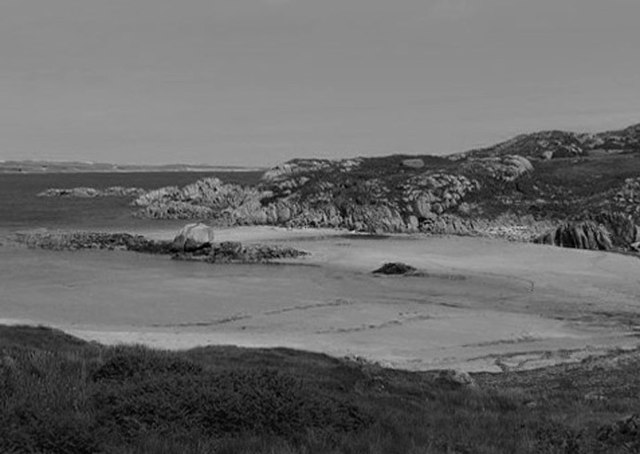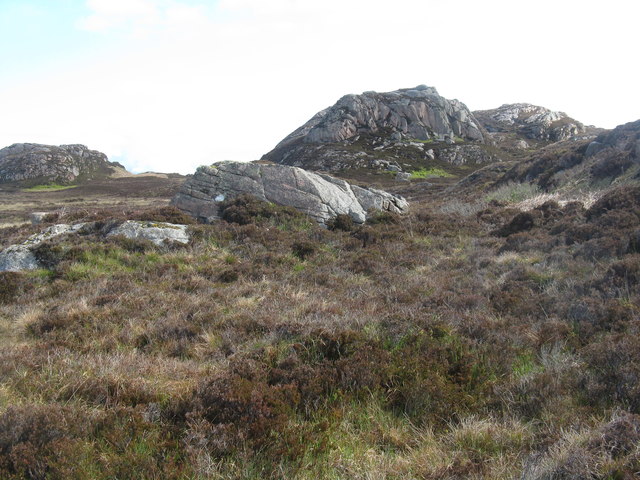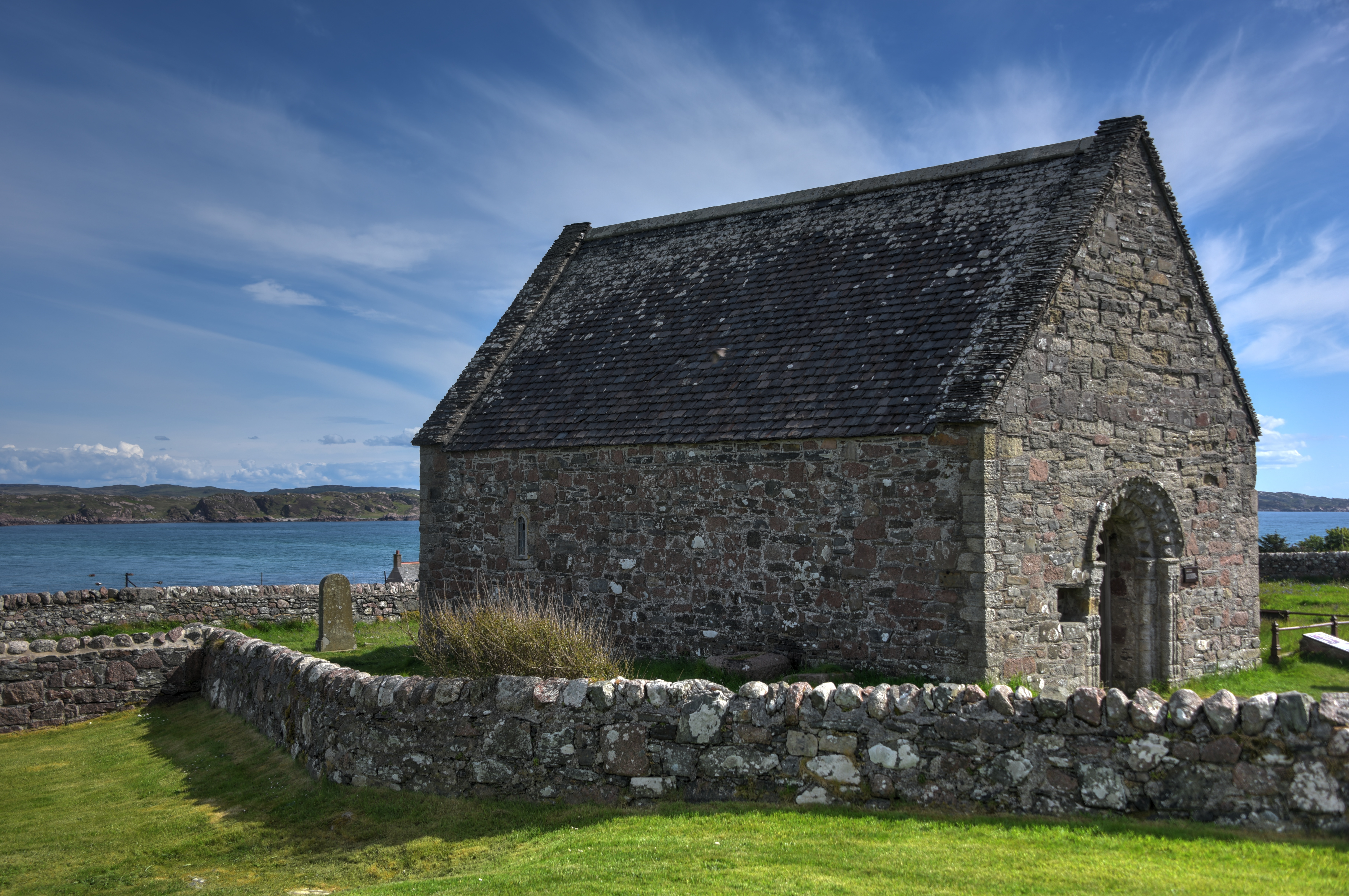Port na Luing
Bay in Argyllshire
Scotland
Port na Luing
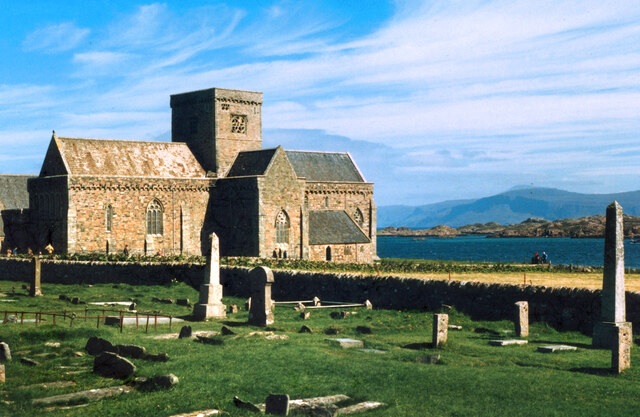
Port na Luing is a picturesque bay located in Argyllshire, Scotland. Situated on the western coast, it lies within the historic region of Argyll and Bute. The bay is nestled between the vibrant village of Kilmelford and the stunning Loch Melfort, offering breathtaking views of the surrounding landscape.
Port na Luing is renowned for its natural beauty and tranquility. The bay is characterized by its pristine sandy beach, clear turquoise waters, and towering cliffs that provide a dramatic backdrop. It is a popular destination for outdoor enthusiasts, attracting visitors with its opportunities for swimming, kayaking, and fishing. The bay is also a haven for wildlife, with seals, dolphins, and various seabirds frequently spotted in the area.
The village of Port na Luing itself is a small and charming community, known for its friendly locals and welcoming atmosphere. It offers a range of amenities, including a handful of shops, cafes, and accommodation options. The village is an ideal base for exploring the surrounding area, with numerous walking trails and cycling routes that showcase the region's natural wonders.
Additionally, Port na Luing is within close proximity to several notable attractions. The nearby Arduaine Garden is a must-visit for nature lovers, featuring a stunning collection of plants and flowers. The historic Kilmartin Glen, with its ancient standing stones and burial cairns, is also easily accessible.
In conclusion, Port na Luing in Argyllshire is a captivating bay that offers a combination of natural beauty, outdoor activities, and a warm community spirit. It is a place where visitors can immerse themselves in the splendor of Scotland's west coast and create lasting memories.
If you have any feedback on the listing, please let us know in the comments section below.
Port na Luing Images
Images are sourced within 2km of 56.340171/-6.3615806 or Grid Reference NM3024. Thanks to Geograph Open Source API. All images are credited.
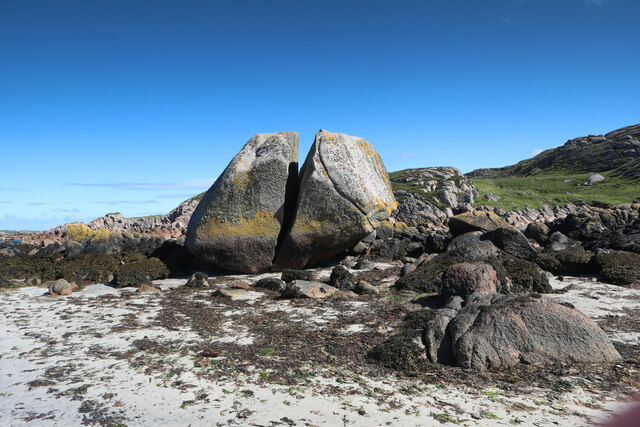
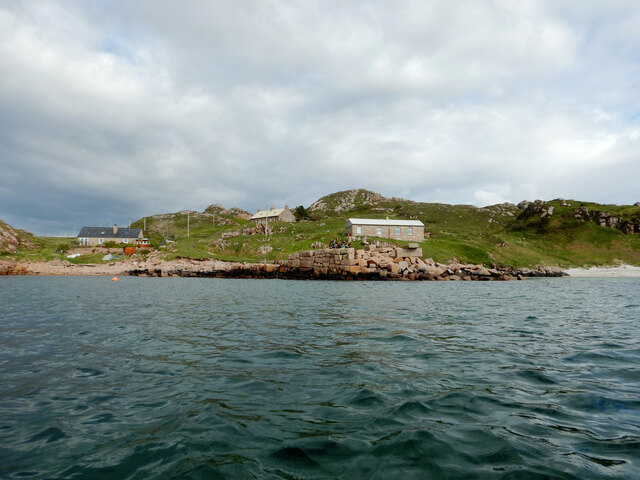
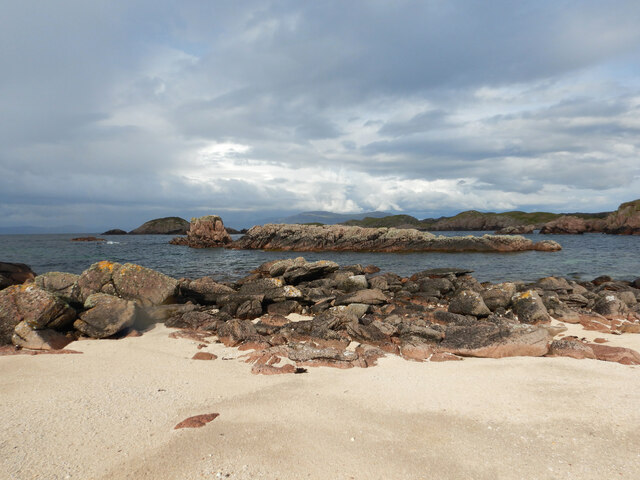
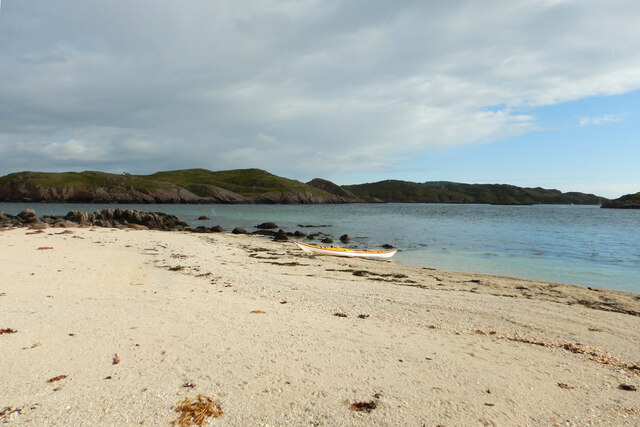
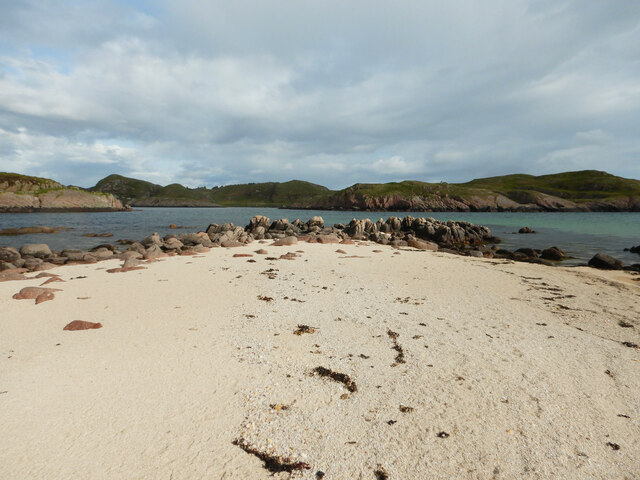
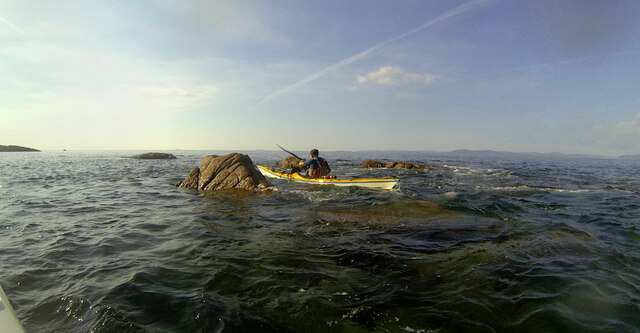
Port na Luing is located at Grid Ref: NM3024 (Lat: 56.340171, Lng: -6.3615806)
Unitary Authority: Argyll and Bute
Police Authority: Argyll and West Dunbartonshire
What 3 Words
///gent.refreshed.licks. Near Fionnphort, Argyll & Bute
Related Wikis
Kintra
Kintra (Scottish Gaelic: Ceann na Tràgha), literally "country" in Scots is a settlement on the North-Western coast of the Ross of Mull, Scotland. The settlement...
Fionnphort
Fionnphort (English: , Scottish Gaelic: [ˈfjun̪ˠafɔrˠt̪]) is the principal port of the Ross of Mull, and the second largest settlement in the area (its...
Bishop's House, Iona
Bishop's House is a retreat house for the Scottish Episcopal Church, located on the island of Iona, off the west coast of Scotland. == History == It was...
St Oran's Chapel
St Oran's Chapel (Odhráin/Orain/Odran) is a medieval chapel located on the island of Iona in the Inner Hebrides off the west coast of Scotland. Built in...
Nearby Amenities
Located within 500m of 56.340171,-6.3615806Have you been to Port na Luing?
Leave your review of Port na Luing below (or comments, questions and feedback).
